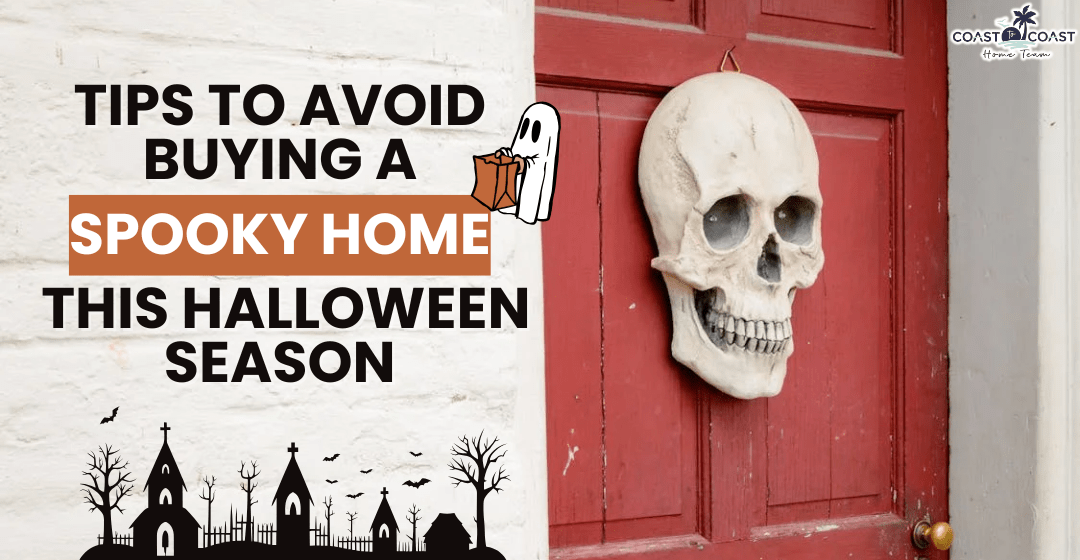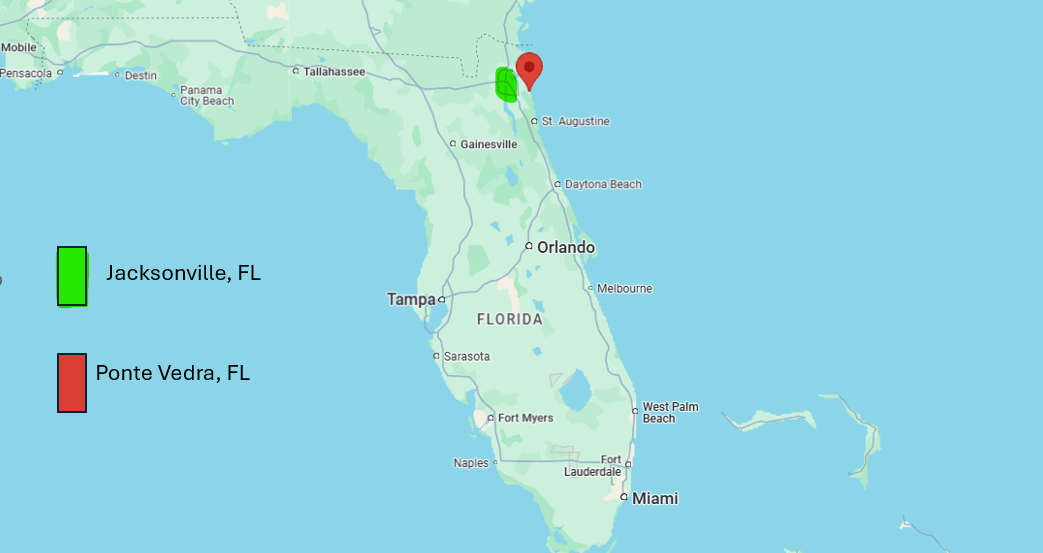
House Haunting 101: Tips to Avoid Buying a Spooky Home This Halloween Season
Leah Rose October 31, 2024

Leah Rose October 31, 2024
Halloween may be the season for all things scary, but when it comes to real estate, the last thing you want is a home that comes with eerie surprises. Whether it’s a creaky floorboard or an unknown history, a home that feels haunted (metaphorically or literally) can be a major source of buyer’s remorse. Here are some key tips to avoid getting spooked when buying a house this Halloween season.
When viewing potential homes, you may feel the urge to rush through a walkthrough—especially if it’s a hot listing. But sometimes, the hidden scares don’t reveal themselves at first glance. A home inspection is essential to uncovering problems that may lurk beneath the surface, from foundational issues to mold or outdated electrical systems. Don’t let hidden horrors haunt you after move-in day—hire a professional inspector to ensure your home is structurally sound and free from surprise repairs.
Before making an offer, check out the property’s history. Sites like Realtor.com and local archives can provide information on the house’s past owners and any legal issues. It may even reveal whether it was the scene of an unusual incident or carried previous complaints from neighbors, both of which could indicate potential trouble.
If the home seems oddly low-priced compared to similar properties in the area, consider it a red flag. Low pricing can often indicate past issues that may have scared off previous buyers, such as frequent flooding, expensive repairs, or high turnover rates. Do your research and talk to your agent to understand any potential reasons for the pricing.
A home in disrepair isn’t just a fixer-upper—it could be a money pit if it has been neglected for too long. Look for signs like peeling paint, leaking gutters, or poor landscaping, which could indicate underlying issues. These are like “scare signals” that warn you to investigate further, especially if they’re signs of larger, costly repairs.
If something about the home doesn’t feel right, trust your gut. Sometimes it’s as simple as an unusual layout, bad energy, or a feeling that you can’t shake. Buying a home is a huge financial and emotional investment, and it’s essential to feel good about your purchase. So, if a house gives you chills for the wrong reasons, listen to that feeling—it may be time to keep looking.
Neighbors can be your best source for real information about the area. Don’t hesitate to knock on a few doors and ask about the property’s history, neighborhood atmosphere, and any problems the previous owners faced. This kind of insight could reveal hidden secrets or simply offer reassurance that this is the right place for you.
Some properties come with stories of hauntings or legends that may turn potential buyers away. While these tales can be fun, they might also bring unwanted attention from curious visitors. If you’re not into spooky vibes, do a little online research, or even ask your agent if there’s a known history.
Buying a home is one of life’s biggest decisions, and it’s essential to approach it with both eyes open. By taking these steps, you can avoid the scares and confidently find a home where you feel safe, comfortable, and happy for years to come. So this Halloween season, don’t be haunted by regrets—use these tips to find a home that’s spook-free!
Stay up to date on the latest real estate trends.

Buying a Home
Mansions, Market Trends, and the Insurance Edge

Jacksonville, Florida
A Coastal Escape: Where Ponte Vedra Beach Sits on the Map and Why It’s a Florida Treasure

Jacksonville, Florida
A Hidden Gem for Homebuyers

Insights to Help You Avoid Regrets and Embrace Life’s Big Decisions with Confidence

Proactive Tips to Protect Your Home, Health, and Car from Winter's Wrath

Transform Your Space: Easy Upgrades to Maximize Your Property’s Market Appeal

Strategic Tips to Elevate Your Financial Success and Build Lasting Wealth

Why Purchasing a Luxury Home Is More Than Just an Investment

Your Guide to Deciding if 2025 Is the Year to Step into Homeownership
Over twenty years of comprehensive experience in direct sales, marketing, and management within the real estate industry. I enjoy entrepreneurial activities creating awesome opportunities for others, building client relationships as well as relationships with business partners and employees.